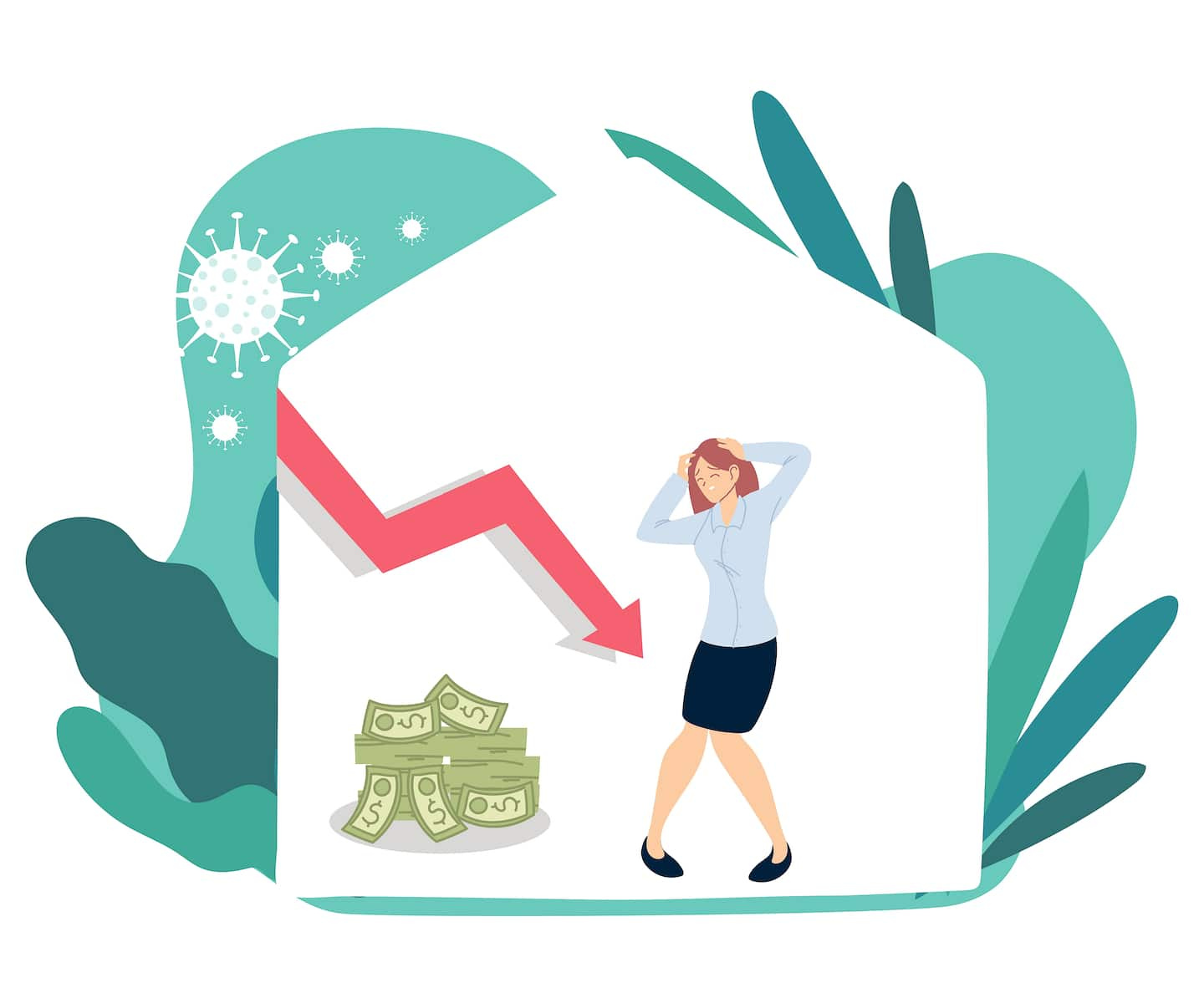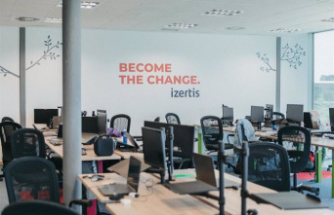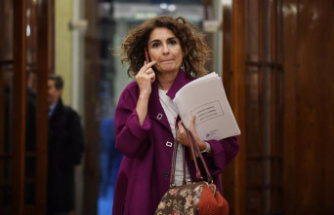Employed by a fire department in Montérégie, Mélanie earns a net monthly salary of $3,900. With balances of $14,000 on his credit cards and a personal loan of $8,000, his payments are $872 per month, or 22% of his paycheck.
Unsurprisingly, Mélanie is struggling to make ends meet.
"In the credit industry, it is recommended that payments on what are called consumer debt, that is, cards and lines of credit and personal loans, not exceed 10% to 15 % of his after-tax income,” recalls Pierre Fortin, Licensed Insolvency Trustee and President of Jean Fortin
At 22%, no wonder Melanie is having trouble keeping up with the rising grocery and gas bill! What solutions are available to her?
Rebalance your budget
Usually, the three biggest budget items are, in order: housing, transportation and food. In Mélanie's case, housing costs (rent and heating) represent $1,370 per month (35%), transportation costs (car loan payment, gas, registration, license and maintenance) $910 (23%), and food $850 per month (22%). His debt level is currently at 47% of his income, seven points above what is normally considered the limit.
Of course, in a budget, it is always possible to save here and there on certain expenses. Mélanie could, for example, change her transportation habits and opt for carpooling. Changing your food choices, cooking more, taking advantage of specials and limiting impulse purchases on the internet are other possible solutions.
But very often, these small savings are unfortunately not enough to rebalance the budget. In addition, the three budget items – housing, transport and food – have one thing in common: they cannot be reduced quickly, which makes the young woman's financial situation even more delicate.
If Mélanie maintains the status quo, since her budget is in deficit, she will have to continue to draw on the unused credit on her credit cards and on her margin, which will lead her into a spiral of debt. The latter will only increase, as well as the interest charges, and she will not be able to restore her situation.
Reduce your debts
Under these conditions, what are the changes that would generate effective and rapid results? Reduce his debts, which monopolize a significant part of his income.
To achieve this, it will have to consider more forceful solutions. Three options are available to her. The first is debt consolidation, which consists of requesting a loan from your financial institution in order to repay your creditors in one fell swoop.
“However, debt consolidation, if it had been possible, would have reduced his monthly payments by only $109, which is still insufficient to allow him to make ends meet. In any case, this option is not possible because of its too high level of indebtedness”, specifies Pierre Fortin.
Best option: the proposal
She could nevertheless consider the consumer proposal, which is a settlement offer negotiated with her creditors, or even bankruptcy. In the circumstances, given his financial situation and his age, the licensed insolvency trustee advised him to opt for the consumer proposal.
This will allow her to reduce her debts from $22,000 to $15,000, an amount that the creditors accepted to prevent her from going bankrupt and reimburse them a much smaller amount. What's more, interest rates stop running, which is a clear advantage and prevents debt from continuing to grow. The monthly payment will represent $250 instead of $872 (over 60 months), or 6% of his net income. It thus eliminates its budget deficit and will be able to cope with inflation.
Her credit will be damaged, but for Melanie, the proposal is the only way, apart from bankruptcy, to get out of it. Due to his level of debt, his borrowing capacity was already limited, and continuing on the current path would only have made his case worse and, ultimately, it would have affected his credit report even more.
TIPS













